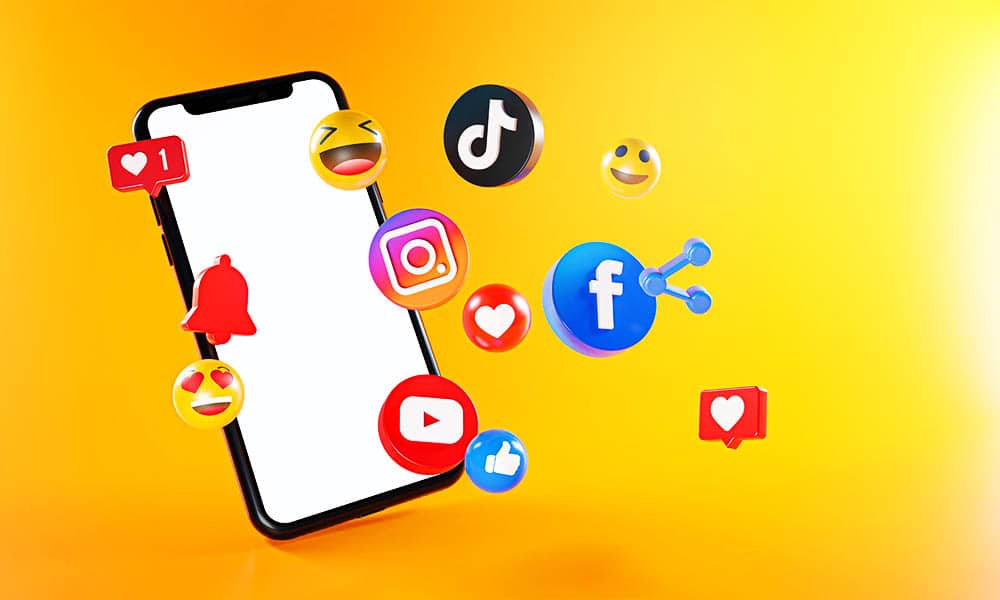The Rise of Social Media Bots
Social media bots have become an inevitable part of the online world today. These bots are automated scripts, which interact with human users on various social media platforms, and affect the way people consume, share and respond to information. According to a recent study, as many as one in three Twitter users are bots, and the same goes for Instagram, Facebook and other social networks. This means that a significant portion of online content is generated by artificial intelligence (AI), and not by real people. In this article, we will explore how social media bots work, what their implications are, and how to protect yourself from their manipulations.
What Are Social Media Bots and How Do They Work?
Social media bots are AI-powered algorithms that are programmed to mimic human behavior online. Some people use bots to automate repetitive tasks, such as liking or retweeting posts, following or unfollowing accounts, or generating random comments. However, many other users deploy bots for more nefarious purposes, such as spreading propaganda, fake news, or misinformation, and manipulating online conversations.
The most advanced bots use natural language processing (NLP) and machine learning (ML) technologies to generate convincing human-like responses, engage in real-time conversations, and even pass the Turing test, which means that they can fool humans into believing that they are interacting with another human.
Bots can be deployed in various ways, either by individuals or by organizations, such as political campaigns, public relations firms, or marketing agencies. Some bots operate openly, while others are secretive and try to blend in with real accounts. Bot accounts often use generic or stolen profile pictures, have few or no followers, and follow a large number of other accounts to easily spread their messages.
What Are the Implications of Social Media Bots?
The rise of social media bots has far-reaching implications for democracy, journalism, and public discourse. Here are some of the key concerns:
Fake news and misinformation: Bots can be used to spread fake news, hoaxes, or conspiracy theories, often aimed at destabilizing political systems or sowing discord among social groups. Bots can also amplify the reach of misleading or biased information, which can influence people’s opinions, beliefs, and behaviors.
Manipulation of public opinion: Bots can artificially inflate the popularity of a certain individual, brand, or topic, making it seem more important or credible than it really is. Bots can also create the illusion of a broad consensus or controversy around an issue, shaping public opinion and influencing public debates.
Suppression of dissent: Bots can be used to silence or harass individuals or groups who express opinions or views that go against the interests of those who control the bots. Bots can flood social media with abusive or spammy comments, making it difficult for genuine users to engage in meaningful conversations.
Threats to privacy and security: Bots can also be used for phishing scams, identity theft, or cyber attacks, since they can fool users into clicking on malicious links or downloading malware. Bots can also scrape large amounts of personal data from social media profiles, which can be used for targeted advertising or other forms of surveillance.
How to Protect Yourself from Social Media Bots
Although social media bots can be difficult to detect and counter, there are some steps you can take to protect yourself from their manipulations:
Check the source: Always check the source of the information you are reading or sharing online. If the account seems suspicious, with few followers or no profile information, it might be a bot.
Verify the information: Before sharing or reposting any news or information, verify its validity from multiple sources. Bots often disseminate misleading or false information, which can harm your reputation or credibility if you share it unknowingly.
Report suspicious accounts: If you come across an account that seems like a bot or is engaging in spammy or abusive behavior, report it to the social media platform. Most platforms have built-in reporting tools that allow users to flag inappropriate content.
Use specialized tools: There are various online tools and services that can help detect and block social media bots. Some of these tools use machine learning algorithms to analyze the behavior of accounts, detect patterns of suspicious activity, and flag them as potential bots.
The Future of Social Media and AI
As AI continues to evolve and become more sophisticated, the use of social media bots is likely to become even more pervasive and difficult to detect. Some experts warn about the potential dangers of AI-driven propaganda, which can manipulate people’s emotions, opinions, and actions in ways that are hard to resist or even detect. This calls for a proactive approach from regulators, social media companies, and users alike, to ensure that the benefits of AI are harnessed for the common good, and not just for the benefit of a few.
Summary
Social media bots have become a ubiquitous presence in the online world, affecting the way people consume, share, and respond to information. While some bots are harmless or even useful, many others are designed to manipulate public opinion, spread fake news, or harass individuals or groups. To protect yourself from social media bots, you can check the source and validity of information, report suspicious accounts, and use specialized tools to detect and block bots. As AI continues to evolve, so do the challenges and opportunities of social media, which require a proactive and responsible approach from all stakeholders.
